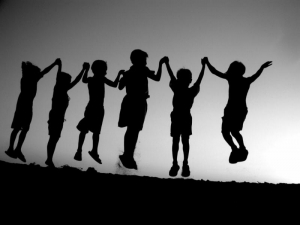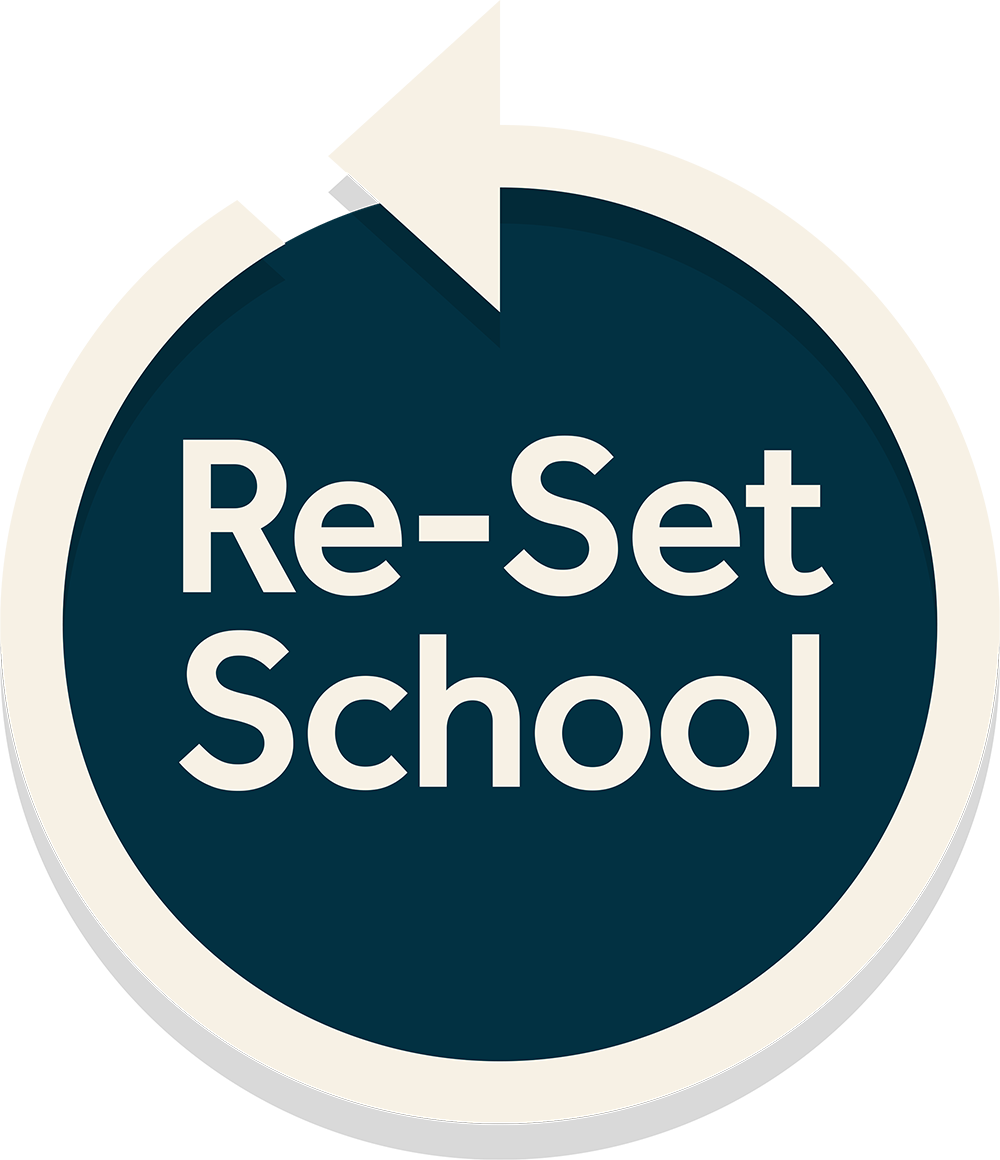What Makes Schools Lifeworthy? Simple Answer: Loving Relationships
Author: Jennifer Bryan, Ph.D.
From the Leadership + Design monthly newsletter, November 2016
True love is a mixture of friendship, appreciation and like, happiness. – Ben, 8 years old
 Freud said work and love are the two primary endeavors for human beings, and it turns out that our youngest students have all kinds of wisdom about love. If you love someone, you should share and be kind. The Jubilee Project, a non-profit that produces videos for social change, interviewed early elementary students about love, and the Love Lessons the kids shared are worth paying attention to. Love feels sort of like you’ll never be lonely. Loving someone is like a lot of eye contact. Love makes me feel warm and cozy inside, like a pillow.
Freud said work and love are the two primary endeavors for human beings, and it turns out that our youngest students have all kinds of wisdom about love. If you love someone, you should share and be kind. The Jubilee Project, a non-profit that produces videos for social change, interviewed early elementary students about love, and the Love Lessons the kids shared are worth paying attention to. Love feels sort of like you’ll never be lonely. Loving someone is like a lot of eye contact. Love makes me feel warm and cozy inside, like a pillow.
Tending to, nurturing and teaching about loving relationships shapes the heart of a lifeworthy community. Yet schools invest a great deal in preparing students for work and too little in preparing them for love. In my corner of the collective effort we call Education, I help administrators, teachers, parents, board members and students understand the role of Gender and Sexuality Diversity[1] in school life. These days, more than ever, I find myself encouraging educators and parents to think about the capacity to love as a critical 21st-century skill.
Instead of harnessing the burgeoning relational wisdom of our young students, regrettably, we gradually turn away. Kids get busy memorizing state capitals, conjugating verbs and writing term papers. At each consecutive grade level, content wins over social and emotional learning (SEL). Meanwhile, online relationships via social media leave students increasingly void of the skills needed for real-time connections with three-dimensional people. The older students get, the less time schools devote to explicitly cultivating robust, nuanced relational skills.
At the same time, many schools hold “respect for others” as a core value and aspire to build diverse, inclusive communities. Our preK-12 educators scaffold all manner of content learning and conceptual understanding for students in every subject. We expect teachers to know their content and teach it well. What we overlook is that creating truly inclusive communities also requires our very best pedagogy. Teaching students (and adults!) about diversity, equity and inclusion requires pedagogical integrity. Diversity Day assemblies and a sprinkling of Health classes are cursory attempts to enhance the lifeworthy potential of our schools.
Acceptance of others, empathy for someone else’s experience, curiosity about those who are different from us are capacities that must be cultivated from seedling to sapling to senior in high school. When I put elementary teachers and high school teachers together for small group work, they commune in unexpected ways. Turns out our youngest and oldest students need to develop the same skills: share with others, use your words (not texts!), listen, compromise, keep your hands to yourself, empathize, make sure someone wants a hug before you give it, accept differences, be kind. Forgive.
 I’m reading Jacob’s New Dress to a group of kindergarteners who are wiggling around, getting settled on the rug. I notice that they are all chewing gum. (The gum is green so it’s hard to miss.) Are you all chewing gum? I ask. A fuzzy-haired boy who hasn’t found a seat yet says, “Yes! This is our focus gum.” Okay! The story is about Jacob, a kindergarten boy who likes wearing a dress to school. His classmate, Christopher, is struggling with this and teases Jacob about his dress. The semi-circle of green gum-chewing listeners is attentive, following the narrative with their eyes and ears. At the end, we discuss the story and the students point out details and offer comments that range from “My brother’s name is Christopher!” to “I like wearing dresses sometimes.”
I’m reading Jacob’s New Dress to a group of kindergarteners who are wiggling around, getting settled on the rug. I notice that they are all chewing gum. (The gum is green so it’s hard to miss.) Are you all chewing gum? I ask. A fuzzy-haired boy who hasn’t found a seat yet says, “Yes! This is our focus gum.” Okay! The story is about Jacob, a kindergarten boy who likes wearing a dress to school. His classmate, Christopher, is struggling with this and teases Jacob about his dress. The semi-circle of green gum-chewing listeners is attentive, following the narrative with their eyes and ears. At the end, we discuss the story and the students point out details and offer comments that range from “My brother’s name is Christopher!” to “I like wearing dresses sometimes.”
How might you help Christopher be a better classmate to Jacob? I ask. A child sitting off to the side raises his hand. “I would tell Christopher about the 3 C’s, because he is not caring for himself, not caring for others, and not caring for his community.” As this student speaks, several of the other children nod, make the letter C with their hands and in solidarity, place the C over their hearts.
Seeing Everyone
Once everyone is present and accounted for, then we can tackle the work of understanding, appreciating, and loving others. Helping schools comprehend the non-binary nature of human identities is currently a crucial part of this accounting for everyone. Adrienne Rich reminds us of the particular power teachers have in this regard. When someone with the authority of a teacher, say, describes the world and you are not in it, there is a moment of psychic disequilibrium, as if you looked into a mirror and saw nothing. Teachers need to describe a world in which every student, colleague and parent exists. To that end, we must understand that biology is messy, identity is complex and behavior varies from person to person. Christopher wears pants to school; Jacob likes wearing a dress. This more expansive way of thinking about who people are leads to less judgment and more acceptance, greater connectedness.
And teaching students how to care and love needs to happen at every developmental stage from preK-12! Most schools adopt a “drone” approach to health, wellness and sexuality education, dropping a little hygiene into fourth grade, a bit of reproductive anatomy in fifth grade, drugs and alcohol in seventh, before moving into full-fledged disaster prevention from middle school on: Just say no! Watch out for sexually transmitted diseases! Don’t get pregnant! While our middle and high school students are deeply involved (consciously and unconsciously) in their gender identity development and sexuality identity development, many schools mistakenly move away from relational skill building at this age and instead, rail against the perils and pitfalls of adolescence.
Teaching Love
Rick Weissbourd, co-director of the Making Caring Common project at Harvard Graduate School of Education, is currently researching young adults’ attitudes towards love. Weissbourd pulls no punches when he talks about “our miserable, epic failure to prepare young people for love.” We fuss a lot about the sex talk; we do not fuss about a far more important talk, which is how do we talk to our children about the courage, and subtly, discipline, and tenderness and tough-mindedness it really takes to love someone else. He assures us that students desperately want to talk and learn about love, not on the internet, but in real time with important adults in their lives. It is just these kinds of conversations between students and teachers that support connectedness and contribute to the lifeworthiness of school.
[1] To learn more about the Gender and Sexuality Diversity paradigm, see Beyond Tomboys, Sissies and ‘That’s So Gay’; New Ways To Think About Gender and Sexuality in PreK-12 Education



